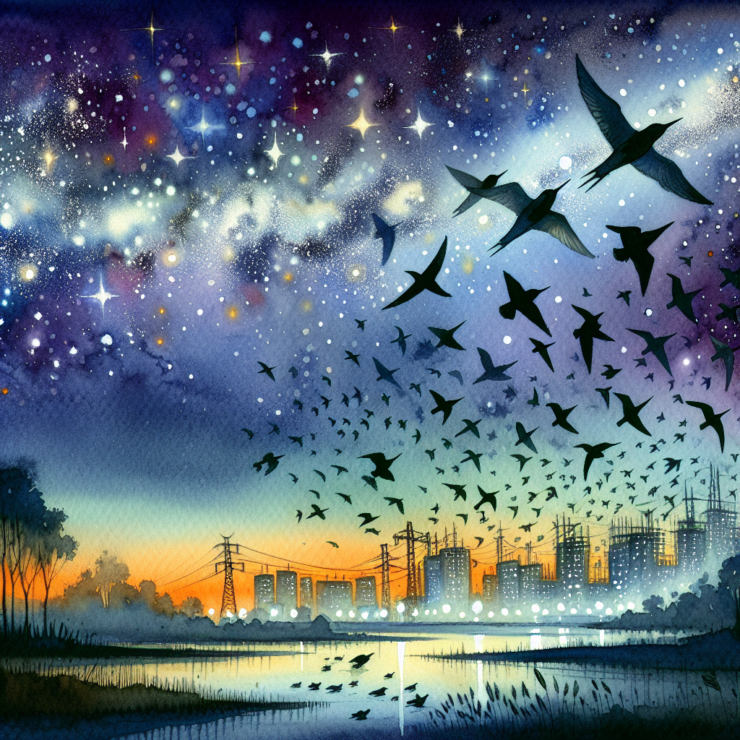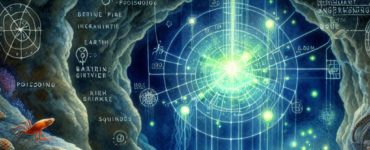Have you ever wondered how the bright lights of our cities affect the natural world, particularly the delicate patterns of bird migration? The truth is, the impact of light pollution extends far beyond merely obscuring our view of the stars. Recent studies highlight a disturbing consequence: the disruption of bird migration patterns, which has a ripple effect through ecosystems.
Birds use the moon and stars for navigation during their epic migrations1. However, artificial lights can mislead them, drawing them towards dangerous urban environments. This phenomenon, known as fatal light attraction, leads to increased mortality from collisions with buildings and exhaustion. It is a significant concern for conservationists and ecologists alike, striving to mitigate these unintended consequences of urbanization2.
The effects of light pollution extend beyond the immediate dangers of disorientation and collision. Birds that survive the hazardous journey through brightly lit areas may still suffer from the indirect consequences of light pollution. Their feeding patterns, for instance, can be altered, affecting their health and the timing of their migrations. Moreover, the exposure to artificial light at night can interfere with birds’ reproductive signals, leading to decreased breeding success3. These disruptions have a cascading effect on local ecosystems, as birds play crucial roles in pollination, seed dispersal, and pest control.
Efforts are underway to address the issue of light pollution from multiple angles. One approach is the development and implementation of bird-friendly lighting and building designs4. These include using lights that emit wavelengths less attractive to birds, installing motion sensors to reduce unnecessary lighting, and designing structures that are less likely to cause collisions. Additionally, initiatives such as “Lights Out” campaigns encourage city residents and businesses to turn off excess lighting during peak migration periods5.
Addressing the challenge of light pollution requires a concerted effort from individuals, communities, and policymakers. By making informed choices about how we light our cities, we can reduce our ecological footprint and help safeguard the natural rhythms of bird migration. Moreover, fostering an environment supportive of darkness not only benefits wildlife but also reconnects us with the celestial wonders of the night sky. Let these efforts inspire us to tread more lightly on the planet, ensuring a harmonious future for all its inhabitants.
- https://blog.edvotek.com/2024/03/05/migration-mysteries-decoding-the-navigation-strategies-of-migratory-birds/#:~:text=Birds%2C%20it%20turns%20out%2C%20have,adventurers%20recalibrate%20their%20internal%20compass. [↩]
- https://buffalonews.com/news/local/fatal-light-attraction-the-urban-phenomenon-thats-killing-migratory-birds/article_f50d70c7-f851-59e2-8ae3-a5d1c1411d4e.html [↩]
- https://academic.oup.com/icb/article/61/3/1147/6281100 [↩]
- https://sustainablecitycode.org/brief/bird-friendly-window-and-lighting-standards/ [↩]
- https://www.eco-business.com/news/light-pollution-policy-dont-forget-the-birds/ [↩]






































Add comment